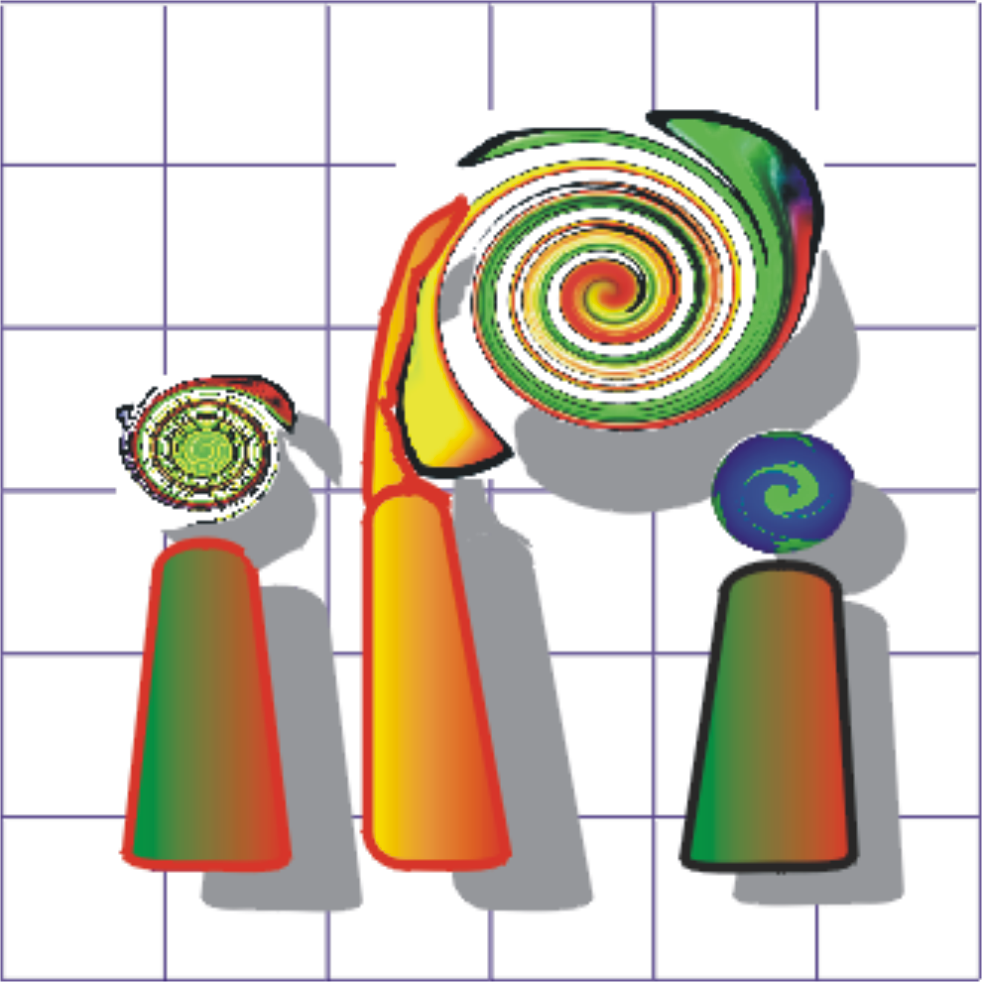High precision trajectory determination of an UAS by integrating camera and laser scanner data with generalised object models

| Team: | M. Mohammadi, J. Unger, F. Rottensteiner, C. Heipke |
| Jahr: | 2017 |
| Förderung: | Deutsche Forschungsgemeinschaft (DFG) |
| Laufzeit: | 01.01.2017 |
| Ist abgeschlossen: | ja |
In cooperation with: Geodätisches Institut Hannover (GIH)
The aim of this project is the integrated, cm-precise, reliable and high frequency determination of the trajectory of an unmanned aircraft system (UAS), equipped with different cameras and laser scanners. The focus is on methods showing real-time potential. Information from a building model according to level of detail 2 (LoD2) is integrated into the trajectory determination. In addition, it is supported by GNSS signals and IMU sensors. Availability of such a trajectory opens up a whole range of new possibilities in research, development and application. However, these will not be investigated in the current project.
Trajectory determination is carried out in a sequential, robust parameter estimation as well as using a specific filter design, and extends the classical photogrammetric bundle adjustment for real-time use and the introduction of range information. The primary focus of the project is on the investigation of the added value in terms of accuracy and reliability brought about by the integration of cameras and laser scanners.
The scientific novelty lies in the incorporation of generalised object space knowledge, combined with the simultaneous exploitation of observations for image coordinates and laser scanner measurements, for the high precision estimation of an UAS trajectory with real-time potential. Moreover, the approach can be transferred to any mobile mapping platform. For the first time, we match planes in 3D, generated from the sensor data, with those of the generalised building model on the one hand, and find correspondences between image and laser scanner data on the other hand. In this process, the object space information serves to stabilise the trajectory in the long term. This is particularly important in situations without GNSS reception. Additional corresponding planes, supporting the matching of image and laser scanner data, serve the short and medium term stabilisation of the trajectory.
The results are validated based on simulations and experiments with real data involving independent reference information; the developed methods will be adapted and refined according to the results obtained. The scenario we have chosen for the project is the lower air space over urban terrain, which is known to have numerous GNSS signal outages, and for which a particularly precise trajectory is needed to prevent accidents such as a collision with obstacles.
Publications
Unger, J.; Rottensteiner, F.; Heipke, C. (2016): Integration of a generalised building model into the pose estimation of UAS images. In: Int. Arch. Photogramm. Remote Sens. Spatial Inf. Sci. XLI-B1, pp. 1057-1064
Unger, J.; Rottensteiner, F.; Heipke, C. (2017): Assigning Tie Points to a Generalised Building Model for UAS Image Orientation. In: International Archives of the Photogrammetry, Remote Sensing and Spatial Information Sciences XLII-2/W6, pp. 385-392
Unger, J.; Rottensteiner, F.; Heipke, C. (2018): Assigning Tie Points to a Generalised Building Model for UAS Image Orientation. In: Caspary, W.; Heister, H.; Kleim, U. G. F.; Mayer, H.; Pietzner, G. (Eds.), Festschrift für Prof. Dr-.Ing. Wolfgang Reinhardt zum 65. Geburtstag, Schriftenreihe des Instituts für Geodäsie, Universität der Bundeswehr München, Heft 95, Neubiberg 2018, S. 143-153.
Bureick, J.; Vogel, S.; Neumann, I.; Unger, J.; Alkhatib, H. (2019): Georeferencing of an Unmanned Aerial System by Means of an Iterated Extended Kalman Filter Using a 3D City Model, In: PFG – Journal of Photogrammetry, Remote Sensing and Geoinformation Science, Volume 87, Issue 5-6, 2019, pp. 229-247


